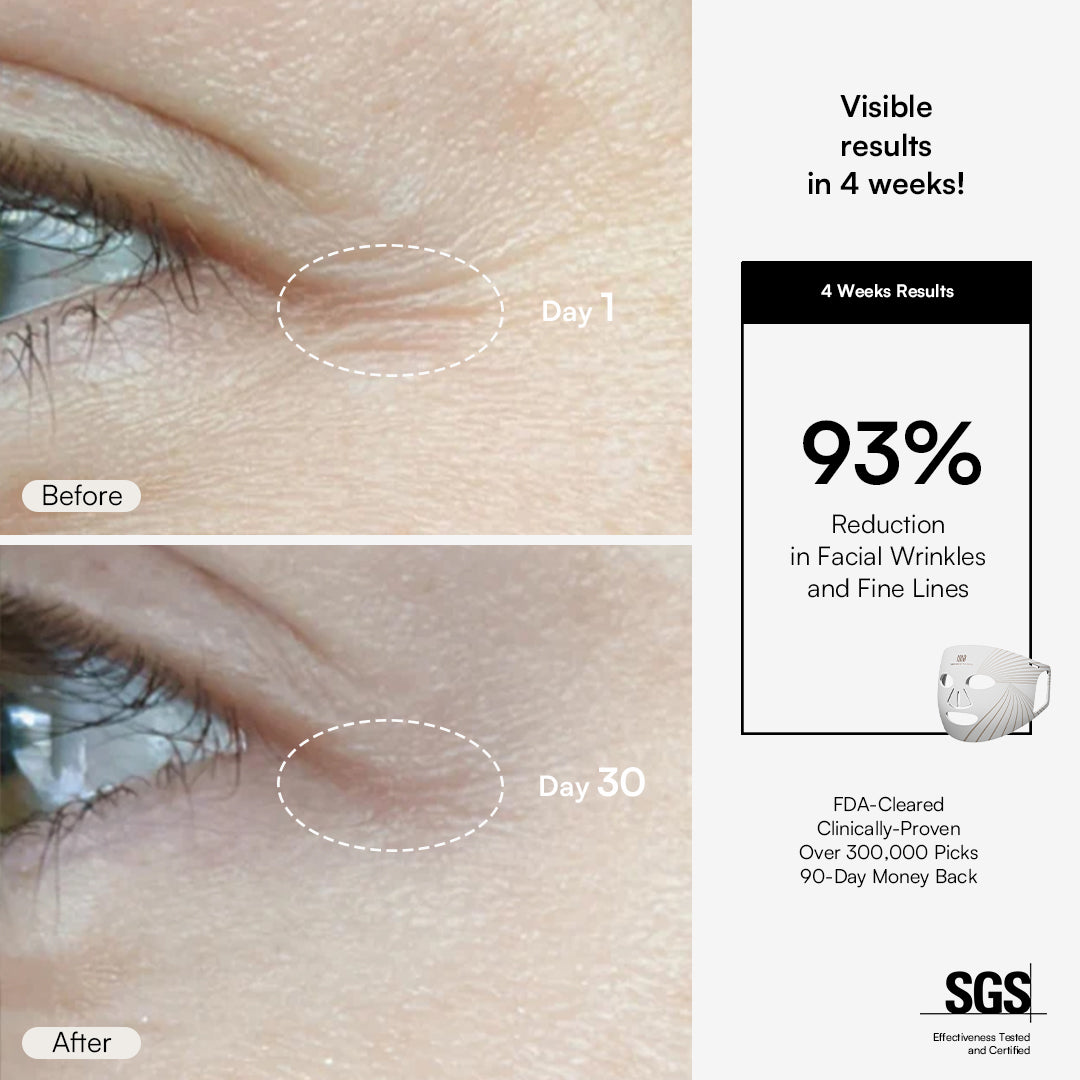Unlock Radiant Skin: Discover the Magic of Red Light Therapy Today!
In the quest for radiant, youthful skin, many are turning to innovative treatments that promise remarkable results. One such treatment gaining traction in the beauty world is red light therapy. This non-invasive technique utilizes specific wavelengths of light to rejuvenate the skin and promote healing, making it a popular choice for those looking to improve their complexion. With a growing number of devices available for home use and professional treatments offered at salons and wellness centers, the question arises: should you invest in a red light therapy device or book a facial treatment? Understanding the benefits and options available can help you make an informed decision on your journey to achieving glowing skin.

Understanding Red Light Therapy
Red light therapy (RLT) is a non-invasive treatment that uses low-level wavelengths of red light to penetrate the skin's surface. This therapy works by stimulating the mitochondria in our cells, leading to increased energy production and promoting cellular repair. Research has shown that red light can enhance collagen production, improve skin elasticity, and even reduce inflammation. The technology behind RLT has its roots in photobiomodulation, which refers to the use of light to influence biological processes. As a result, many skincare enthusiasts have reported positive effects on their skin, such as reduced signs of aging and improved texture. With its scientifically backed benefits, red light therapy is becoming a staple in both at-home skincare routines and professional treatments.
Benefits of Red Light Therapy for Skin
The advantages of red light therapy are impressive and multifaceted. One of the primary benefits is its ability to reduce the appearance of wrinkles and fine lines, making it an appealing option for those seeking a more youthful look. By stimulating collagen and elastin production, RLT helps to plump the skin and create a smoother texture. Additionally, red light therapy can improve skin tone, addressing issues such as hyperpigmentation and dullness. It is also beneficial for those struggling with acne or rosacea, as it aids in reducing inflammation and promoting healing. Friends of mine who have incorporated red light therapy into their skincare routines have shared their experiences of noticeable improvements in their skin’s overall appearance. From boosting radiance to enhancing skin health, RLT is a powerful tool in the pursuit of beautiful skin.
Choosing Between Devices and Professional Treatments
When it comes to red light therapy, individuals often face the decision of whether to purchase a device for home use or to book professional facial treatments. Both options have their pros and cons, and the best choice depends on personal preferences and lifestyle. At-home devices can be a cost-effective solution, allowing for flexible treatment sessions without the need for appointments. However, the effectiveness can vary based on the quality of the device and the user's commitment to regular use. On the other hand, professional treatments are typically conducted by trained practitioners who can tailor the session to an individual's skin type and needs, potentially yielding quicker and more noticeable results. Nevertheless, they often come with a higher price tag and require a time commitment for appointments. Weighing these factors can help you decide which option aligns best with your skincare goals.
At-Home Devices
For those considering at-home red light therapy devices, it's important to know what features to look for. The wavelength of light is crucial, as effective treatments typically use wavelengths between 600 to 650 nanometers for red light and 800 to 850 nanometers for near-infrared light. Treatment time is another consideration; many devices recommend sessions ranging from 10 to 20 minutes several times a week. Safety is also paramount; look for devices that have been tested for safety and efficacy. Anecdotal experiences from friends who have invested in home devices reveal that while they initially apprehensive, they found convenience and satisfaction in their results. However, they emphasize the importance of patience, as the benefits often accumulate over time.
Professional Treatments
Opting for professional red light therapy treatments can be an enriching experience. During a session, you can expect to lie comfortably under specialized lights that target your skin concerns. These treatments usually last around 20 to 30 minutes, and practitioners can adjust the settings based on your skin type and desired outcomes. Many people find the experience relaxing and rejuvenating, often leaving the treatment feeling refreshed. Friends who have had professional sessions rave about the personalized attention and tailored approach, which can significantly enhance the overall experience and efficacy of the treatment. While professional treatments may require a greater financial investment, the immediate results and expert guidance can be worth it for many.
Achieving Radiant Skin Through Red Light Therapy
In conclusion, red light therapy offers a promising path to achieving radiant, healthy skin. Whether you choose to invest in an at-home device or seek professional treatments, the benefits of this innovative therapy are clear. From enhancing collagen production to improving skin tone and texture, RLT has proven effective for various skin concerns. As you consider your options, reflect on your lifestyle, budget, and skincare goals. Ultimately, both at-home devices and professional treatments can play a valuable role in your skincare journey, leading you to the glowing complexion you desire.








